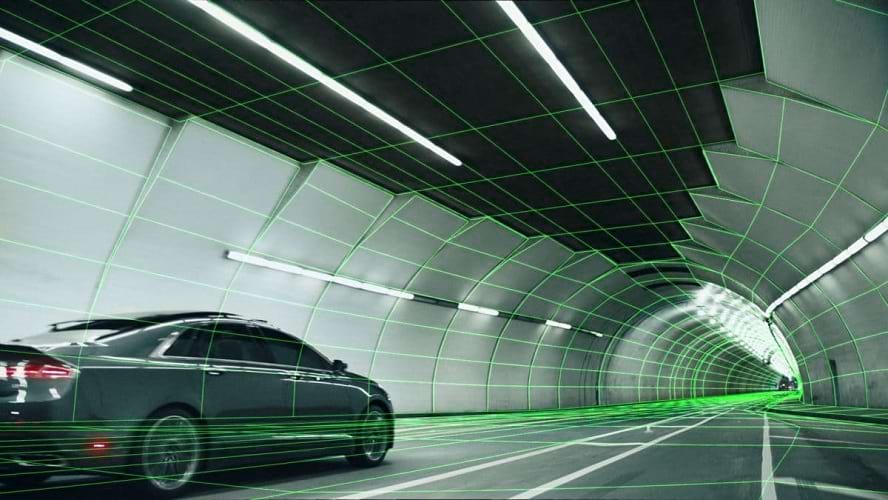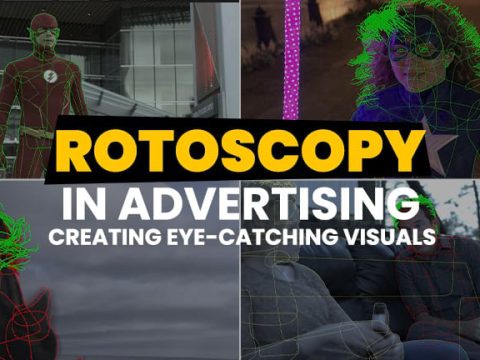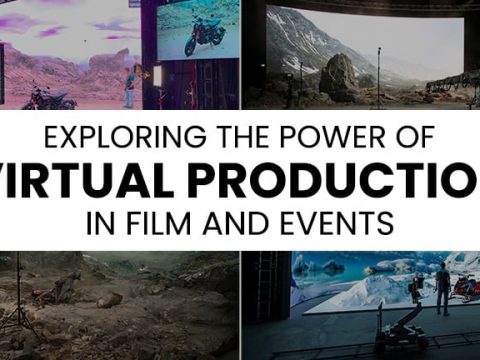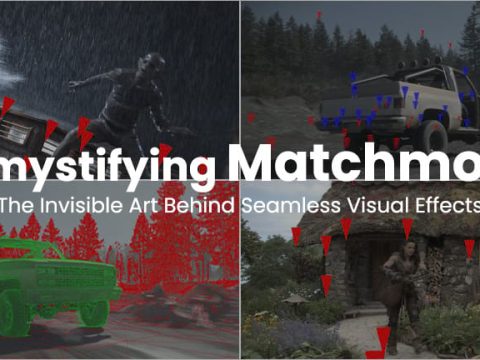Matchmove or Matchmoving in VFX, is one of the most important things for today’s matchmove in VFX processes. It is also referred to as motion tracking and without it one cannot integrate the 3D/CG data into a live action video. Earlier, this was a tedious, time-consuming, and costly process, but with technological advancements, match moves in VFX have become more efficient, affordable, and faster. And a crucial part of the modern moviemaking and visual effects industry. Today, matchmoving is used across several mediums, that include movies, television, online video content, etc.
Match moves in VFX incorporate CG elements with real-world footage. Nowadays, filmmakers use virtual cameras to capture the motions and expressions of an actor emoting a character and scenes that look very different, and those actions cannot be achieved with normal cinematography. This footage is known as live-action footage and special cameras help record all of this in 3D and real-time.

This helps ensure that all the data that will get rendered in the final video will be from the same angles as captured by the live action cameras. And this process of matching the movement of the footage captured through the special live action virtual camera is the beginning of the matchmoving process. The job of rendering the final video and integrating CG elements into live-action footage is done on a match move in VFX artist’s desk using the latest software and advanced computer systems.
Various applications and match moves in VFX software have capabilities that are useful during the process. These applications and software employ a tracking algorithm to lock and track multiple frames and the specific points identified in the footage.
Different Forms of Matchmoving
Generally, there are two different forms of matchmoving, two-dimensional i.e., and three-dimensional i.e., 3D.
2D Matchmoving: This process only helps track the features in a 2D environment, and does not integrate elements such as camera movement or distortion. If your shot doesn’t include any major changes in camera angles, then 2D tracking will work efficiently. Because 2D tracking doesn’t affect the camera at all, it just carefully examines the footage to see what direction things are moving and keep track of how they are driving. Therefore, it has limited usage and is mainly employed for replacing or changing the 2D image in live-action footage, such as a TV program or a billboard advertisement.
3D Matchmoving: This is a more efficient and popular process as it allows the incorporating of 3D information into the available footage. Today, the technology has reached such competencies that with the help of a 3D animation application, one can create a virtual camera that allows the filmmaker to see the real-time representation of what the final footage may look like. This is called real-time match move in VFX and is becoming popular among many production studios in the film industry.

For example, the Iron Man suit in Marvel movies was created using 3D matchmoving software. However, the method of the suit becoming a part of Tony Stark is called tracking and rotomation. This process involves both camera tracking and object tracking.
This process could be more accurate, but it is good enough to give the team a hint of what the film or video may look like and make changes/corrections if necessary. Nowadays, many movies are shot in studios using green screens. This match move in VFX technology lets the crew know about set extensions and CG characters that will be incorporated later.
Now that you know the importance of matchmoving in incorporating CG Elements into live-action footage, and if you have a project that needs these competencies, Toolbox can help you achieve that. Click here to know more.








